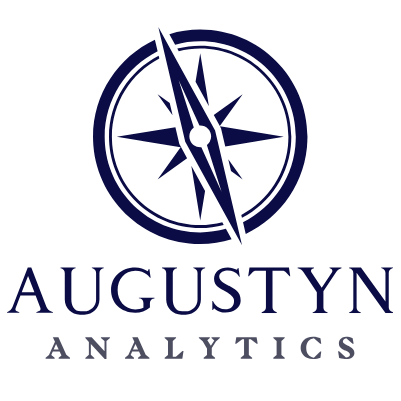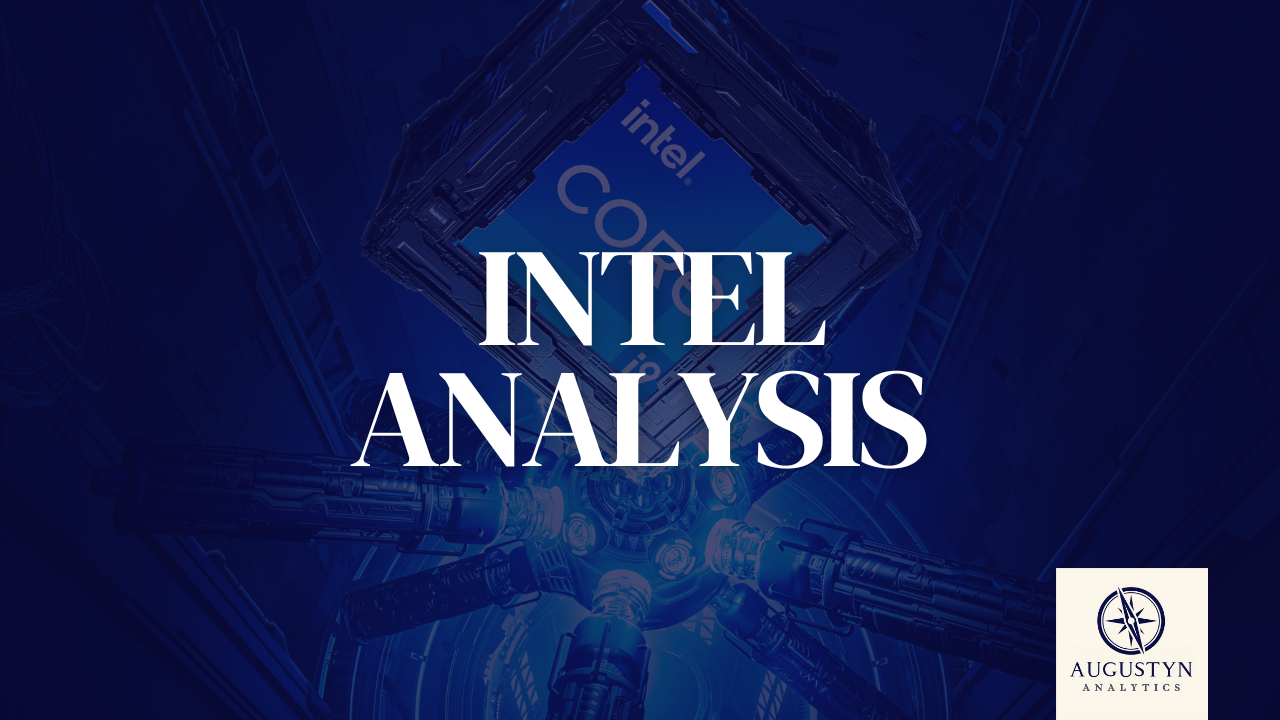
September 16, 2025
Overview Oracle
Oracle is a global enterprise technology company that provides software, cloud services, and IT infrastructure to businesses around the world. Founded in 1977 by Larry Ellison, Bob Miner, and Ed Oates, the company was originally known as Software Development Laboratories, later Relational Software, and then Oracle Systems before becoming Oracle Corporation. Today, it is headquartered in Austin, Texas.
Its main offerings include:
- Database Systems – Oracle Database, the company’s flagship product, powers data management for both on-premises and cloud environments.
- Cloud Services – Oracle Cloud Infrastructure (OCI) and cloud applications help businesses run operations efficiently. Key applications include:
- ERP (Enterprise Resource Planning) – Oracle Fusion Cloud ERP
- HCM (Human Capital Management) – Oracle Fusion Cloud HCM
- CRM (Customer Relationship Management) – Oracle Fusion Cloud CX
- Software Licensing & Support – Oracle sells software licenses for its database, middleware, and enterprise applications. Recurring revenue comes from updates, maintenance, and technical support, providing a stable and predictable financial base.
- Hardware & Consulting – Engineered systems, servers, storage, and professional consulting services help businesses implement and optimize technology solutions.
Oracle combines a strong financial foundation with a growing focus on cloud and AI, making it a leading provider of enterprise IT solutions and a major competitor in the global technology market.
Recent developments Oracle
In September 2025, Oracle raised its forecast for Oracle Cloud Infrastructure (OCI), now expecting 77% revenue growth in the current fiscal year. This announcement came alongside its first-quarter fiscal 2026 results (September 9, 2025).
The company also reported that its backlog of future contracts, known as Remaining Performance Obligations (RPO), jumped 359% year-over-year to $455 billion. RPO reflects revenue from signed deals not yet recognized, giving Oracle strong visibility into future growth and ongoing demand for its cloud and AI services. Following the announcement, Oracle’s stock surged 23% in after-hours trading, reflecting investor confidence in the company’s cloud momentum.
In July/August 2025, Oracle signed a landmark five-year deal with OpenAI worth $300 billion, starting in 2027. The agreement will provide OpenAI with massive cloud and computing capacity, positioning Oracle as a key provider of AI infrastructure.
Also in July 2025, Oracle announced a $3 billion investment over five years to expand its AI and cloud infrastructure in Germany ($2B) and the Netherlands ($1B). These investments strengthen Oracle’s European presence and support local organizations in adopting cloud and AI technologies.
The numbers of Oracle
Revenue ($B): 57.40 (2025), 52.96 (2024), 49.95 (2023)
Gross Profit Margin (%): 70.51 (2025), 71.41 (2024), 72.85 (2023)
Operating Margin (%): 31.45 (2025), 30.35 (2024), 27.57 (2023)
EBITDA ($B): 23.33 (2025), 20.94 (2024), 18.45 (2023)
Net Income ($B): 12.44 (2025), 10.47 (2024), 8.50 (2023)
Normalized EPS ($): 6.03 (2025), 5.57 (2024), 5.13 (2023)
Dividends per share ($): 1.70 (2025), 1.60 (2024), 1.36 (2023)
P/E Ratio: 69.94 (2025), 40.74 (2024), 29.12 (2023)

Source: Morningstar September 16, 2025
Behind the numbers
Oracle has shown steady revenue and profit growth, with revenue rising from $49.95B (2023) to $57.40B (2025) and net income increasing from $8.50B to $12.44B. Margins remain strong, with gross profit above 70% and operating margin improving to 31.45% in 2025. EPS and dividends have grown consistently, rewarding shareholders.
However, the P/E ratio of 69.94 in 2025 is very high, reflecting strong investor optimism about Oracle’s cloud and AI expansion rather than current earnings alone.
Key Takeaway: Oracle is profitable and growing, but its stock is currently priced for high future growth, making valuation an important consideration.
Outlook & key considerations
Right now Oracle is well-positioned in enterprise software, cloud infrastructure, and AI, with strong recurring revenue from its database, cloud, and enterprise applications. Growth in Oracle Cloud Infrastructure (OCI), strategic AI partnerships like Project Stargate with OpenAI, and international expansion in Europe support a positive long-term outlook. Margins and profitability remain robust, and dividends continue to reward shareholders.
Looking ahead, Oracle expects 77% revenue growth in OCI, and its backlog of future contracts, measured by Remaining Performance Obligations (RPO), jumped 359% year-over-year to $455 billion. If this growth translates into higher earnings, the EPS will increase, which could reduce the P/E ratio over time. However, investor optimism may continue to drive the stock price higher, meaning the P/E could remain elevated in the near term.
Recommendation: hold
The company is strong and profitable, with a promising future in cloud, AI, and enterprise software. However, the stock is currently trading at a very high valuation, making it an expensive entry for new investors. The price does not reflect a safe margin, so it is advisable to wait for a better entry point. For those who already hold the stock, it remains a solid position to hold and benefit from ongoing growth and dividends

This outlook is based on a 12- to 18-month view. This analysis is for informational purposes only and does not constitute professional investment advice. Readers should conduct their own research or consult a financial advisor before making investment decisions.
Subscribe to the newsletter!
With the Augustyn Analytics Newsletter, you receive a clear monthly update featuring key business news highlights, our latest investment analyses and recommendations, a new entry from the Investor’s Guidebook explaining essential financial terms, and important updates from the Augustyn Analytics platform. Delivered just once a month, it is designed to keep investors up to date.



